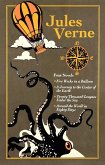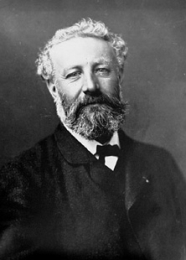The story takes place in May 1863, at the house of Professor Otto Lidenbrock in Hamburg, Germany. While leafing through an initial runic manuscript of an Icelandic saga, Lidenbrock as well as his nephew Axel discover a coded note created in runic program together with the title of a 16th century Icelandic alchemist, Arne Saknussemm. When translated into English, the take note reads: Go down into the crater of Snaefells Jökull, what Scartaris's shadow caresses right before the calends of July, O daring traveler, and you will help make it to the middle of the planet. I have done so. Arne Saknussemm Snæfellsjökull. Lidenbrock departs for Iceland right away, choosing the reluctant Axel with him. After a swift excursion via Copenhagen and Kiel, they turn up in Reykjavík. There they employ as their manual Icelander Hans Bjelke, a Danish speaking eiderduck hunter, then traveling overland to the base of Snæfellsjökull. In June which is late that they achieve the volcano and set off into the bowels of the planet, encountering unusual phenomena and many dangers. After going for a wrong turn, they run quite short of Axel and water practically perishes, but Hans saves them all by tapping into a subterranean river, that shoots out a stream of h20 which Axel and Lidenbrock title the "Hansbach" in the guide's honor. douard Riou's illustration of an ichthyosaurus (which is really more like a mosasaurus) fighting a plesiosaurus. Watching the program of the Hansbach, the explorers descend numerous miles and talk to an underground world, with an ocean along with a great ceiling with clouds, in addition to a permanent Aurora providing lighting. The travelers develop a raft out of semipetrified wood as well as set sail. While at ocean, they come across prehistoric fish like Pterichthyodes (here called "Pterichthys") Dipterus (referred to as giant marine and "Dipterides") reptiles from the Age of the Dinosaurs, specifically a Plesiosaurus and an Ichthyosaurus. A super storm threatens to ruin the raft and the passengers of its, but rather throws them onto the web site of an overwhelming fossil graveyard, like bones from the Pterodactylus, Glyptodon, Deinotherium, Megatherium, a mastodon as well as the preserved entire body of a prehistoric male.
Bitte wählen Sie Ihr Anliegen aus.
Rechnungen
Retourenschein anfordern
Bestellstatus
Storno









